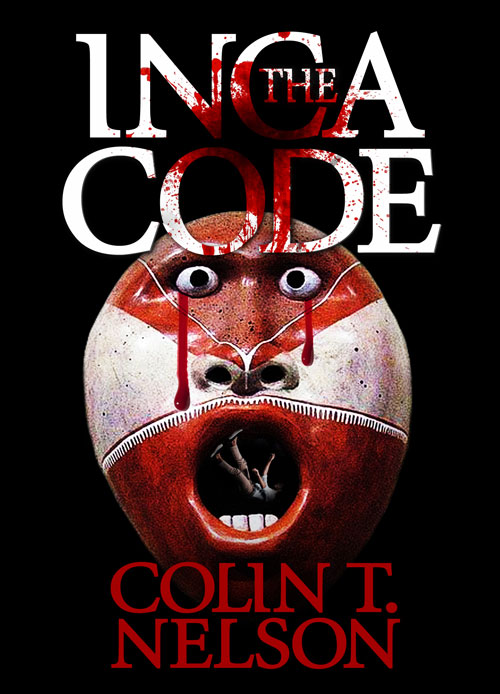 How am I going to keep on living without Downton Abbey for the next 10 months??!! The loss is painful—don’t you think?
How am I going to keep on living without Downton Abbey for the next 10 months??!! The loss is painful—don’t you think?
Like so many others, I’m hooked and thought it’d be fun to write about it from an unusual perspective: is Downton Abbey legally accurate about their criminal scenes?
Remember, Mrs. Bates was accused of killing that scoundrel (and sexual predator), Mr Green. The prosecution dug up an old incident when Mrs. Bates was younger. She’d also been attacked in a sexual assault and had reacted by stabbing her assailant. (didn’t kill him) The prosecutor threatened to use that evidence against her in the Green murder trial.
Can the prosecutor do that? Since the Downton Abbey producers/director pride themselves on historical accuracy, would this procedure have been legally accurate?
1. Today, we look at victims of sexual assault in an entirely different light than courts did in 1924. Nevertheless, the first stabbing could have been considered self defense. The alleged killing of Mr. Green would have been murder in the 1st degree. Even though he sexually assaulted Mrs. Bates, that act would not be a defense for her in a murder trial.
2. Why would the prosecutor want to use the prior stabbing? As was explained, briefly, during the Downton Abbey episode, the prosecutor wants to show that Mrs. Bates’ character is violent—particularly when involved in a sexual assault. If she stabbed a man in a previous incident, that could be evidence for a jury to consider in deciding if she acted in a similar response to the assault from Mr. Green—and killed him as a result.
3. Is the Downton Abbey episode legally accurate? Could a prosecutor use old evidence in the new case? Of course, the program is set in England in 1924 and I don’t know what the law was then, but just for fun let’s look at what would happen today.
In the federal courts in our country and many of the state courts, it is possible for the prosecutor to introduce evidence in a trial of a defendant’s prior “crimes, wrongs, or bad acts.” It can’t be used to prove the violent character of the accused. But it can be used to prove things like motive, intent, or plan. The prosecutor could argue that Mrs. Bates had a motive to kill Mr. Green—as she did when she stabbed a previous perpetrator.
4. How does it work? The use of this kind of evidence is not automatic. The judge would listen to arguments from both sides at a hearing conducted prior to the trial and without the jury. The judge would weigh the benefits to the prosecution against the bias and prejudice against the defendant for something he did long ago. If the judge allows the other evidence into the trial, the prosecutor would have to bring in witnesses to tell the jury about the old crime. In the case of Mrs. Bates, that would probably be the man who assaulted her and was stabbed as a result.
What would you do? Would you allow the previous incident into the murder trial?







I have been wondering the same thing about prior-acts evidence. I am civil-side lawyer and have not been involved in criminal cases for decades. But Federal Evidence Rule 404 (the prior-acts rule) applies to both criminal and civil cases, and I have been working on a brief involving Rule 404 for one of my clients.
I’m going to do some research and see what I can find out about the common-law antecedents of Rule 404. I’ll let you know what I find.
thanks so much for your comment—let me know what you find out. I didn’t know 404 was used in civil cases . . .guess there’s no reason why not. Keep in touch. Colin